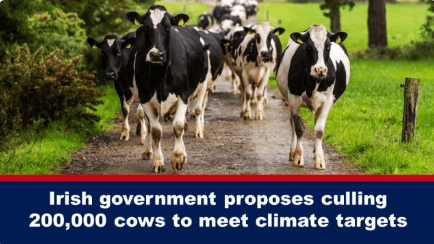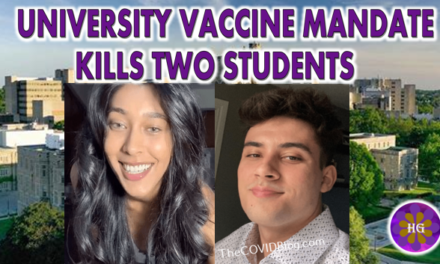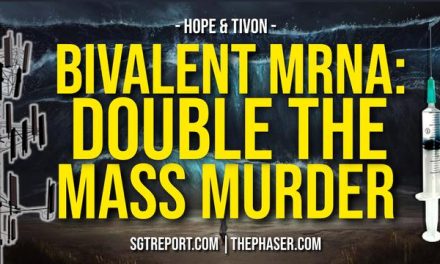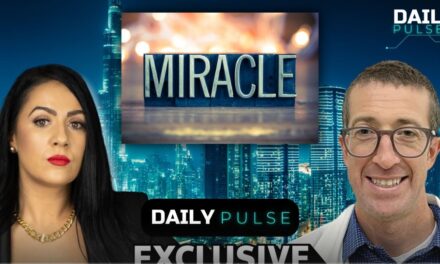An internal document, a Department of Agriculture briefing paper, reveals that a €200m budget is needed to cull 65,000 cows every year for three years to meet climate goals – that’s 195,000 cows in total.
Culling 200,000 Irish dairy cows is the wrong way to meet Ireland’s climate targets, the president of Macra na Feirme, Elaine Houlihan has said. Macra creates a platform that allows young farmers’ voices to be heard. Houlihan described the report which contained the proposal as a “complete kneejerk report.”
Houlihan also pointed out: “Has anyone taken a step back and seriously looked at what signals these reports focusing on culling send to young farmers considering entering a sector? Are Ireland and Europe serious about Generational Renewal?”
Any plan to cull Ireland’s dairy herd must be voluntary, the Irish Creamery Milk Suppliers Association (“ICMSA”) has warned. ICMSA is a lobbying group that represents all farmers in Ireland, particularly dairy and livestock.
ICMSA President Pat McCormack told Newstalk Breakfast on Tuesday: “If there is to be a scheme, it needs to be a voluntary scheme. That’s absolutely critical because there’s no point in culling numbers from an individual who has borrowed on the back of a huge financial commitment on the back of achieving a certain target that’s taken from under him.”
Further reading:
- 200,000 cows to be culled in order to meet climate targets, Newstalk Breakfast, 30 May 2023
- Cull of Ireland’s dairy cattle for climate targets should be ‘voluntary’, farmers say, Irish Times, 30 May 2023
What climate alarmists and those who seek to profit from the agenda refuse to acknowledge is that the livestock/methane narrative is a misconception. The proponents of the climate agenda consistently portray cows as pumping additional methane into the atmosphere. This is simply not true. Ruminant livestock methane is virtually irrelevant as a greenhouse gas. And methane from cattle is part of the biogenic carbon cycle which has been around since life began.
What climate alarmists and those who seek to profit from it also refuse to acknowledge is that farming is crucial not only to avoid starving populations but it is also vital for livelihoods and economies. Ireland has long relied on farming, alongside multinational investment, to drive its economy. Irish beef and dairy brands such as Kerrygold and Pilgrims Choice are among its most successful exports. Cows, however, now represent something else: the politics and greed of a manufactured “climate crisis.”
Related: Destruction of farming is front and centre in the fight against climate change, John Kerry says
In November 2021, more than 100 countries pledged to reduce methane emissions by 30% by 2030 at COP26 in Glasgow in an initiative put forward by the US and the EU. The Irish government was due to unveil its sector-by-sector climate emergency plans in the first week of November and was considering a 21% to 30% cut in carbon emissions from the agriculture sector.
Ahead of the unveiling of the sector-by-sector plans, KPMG looked at four scenarios, concluding that rural Ireland faced a €4bn hit to the economy and the loss of more than 56,000 jobs if the government opted for the 30% target.
It also warned that a 30% cut would require a 20% cut in cattle numbers, 22% of the beef herd and 18% of the dairy herd. With 6.5 million cattle in the country according to official Central Statistics Office data, this equates to a reduction of 1.3 million of the national herd.
The lower target of 21% would mean a reduction of about 5%, or 325,000 cattle, according to the KPMG analysis.
In July last year, the government announced binding sectoral targets to slash overall carbon emissions by 51% by 2030. The agriculture sector must reduce emissions by 25% by 2030. Transport must reduce emissions by 50% and commercial and public buildings by 40%.
Tim Cullinan, the leader of the Irish Farmers’ Association (IFA), said the target was about the survival of the government rather than survival of rural Ireland. “This is a potentially devastating blow for Irish farming and the rural economy,” he said.
The ICMSA called the deal a “sellout” that would make many farms unviable. Cutting emissions by a quarter will drive many farms into bankruptcy and could force the culling of hundreds of thousands of cows.
Previously, the government had encouraged dairy farmers to expand to exploit the end of European Union milk quotas. Farmers invested in new equipment and the dairy herd grew by almost half in the past decade. Irish butter, cheese and other produce – 90% is exported – filled supermarket shelves around the world.
“All the talk was of what dairy could deliver for the economy and society and we did that in spades. Now it’s the bad boy,” McCormack said last year. “The mood is hugely frustrated. It’s very hard to quantify but there will be increased costs and reduced output.”
Sources for this article include:
- Ireland would need to cull up to 1.3 million cattle to reach climate targets, The Guardian, 3 November 2021
- Ireland targets 25% cut in agriculture emissions but farmers voice anger, The Guardian, 29 July 2022
- Irish farmers say they will be forced to cull cows to meet climate targets, The Guardian, 29 August 2022
Featured image: Size of the national herd falls for third consecutive year, Irish Farmers Journal, 19 February 2021
Source Link: https://expose-news.com/2023/06/01/irish-government-proposes-culling-200000-cows/
Bitchute: https://www.bitchute.com/channel/YBM3rvf5ydDM/
Telegram: https://t.me/Hopegirl587
EMF Protection Products: www.ftwproject.com
QEG Clean Energy Academy: www.cleanenergyacademy.com
Forbidden Tech Book: www.forbiddentech.website













